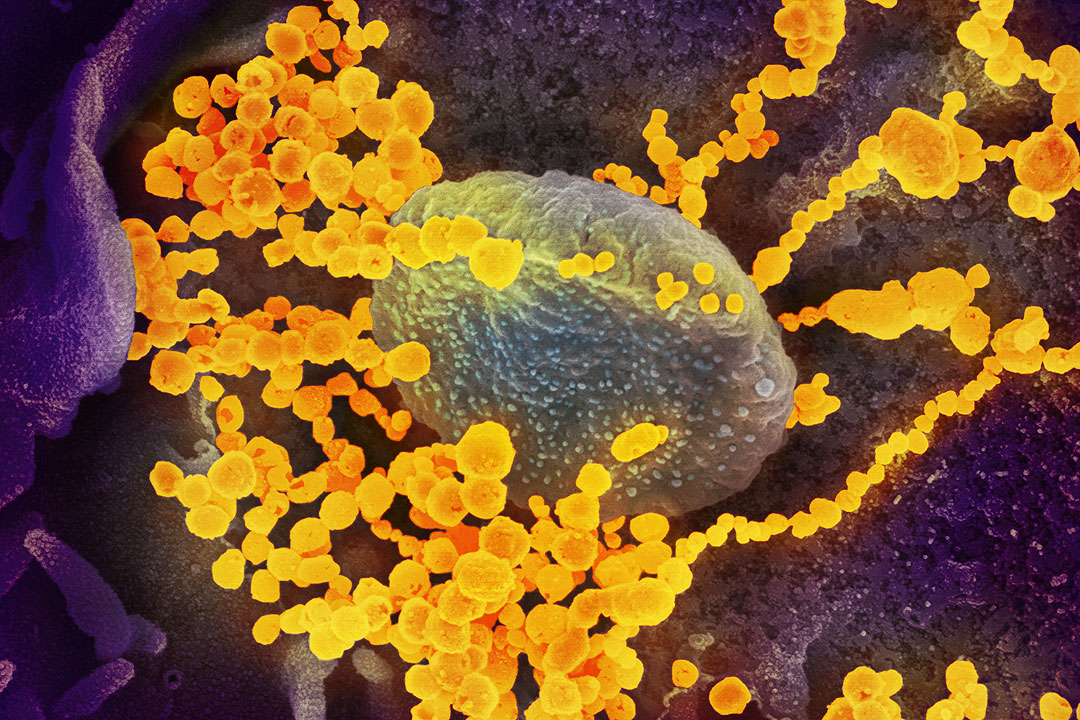Philippines confirms first Omicron XBB.1.16 case

THE PHILIPPINES has confirmed its first case of the Omicron coronavirus subvariant XBB.1.16, which is spreading fast around the world, the Department of Health said on Tuesday.
The patient is from Western Visayas in central Philippines, it said in a report.
Also called Arcturus, the suvbariant comes from XBB, a recombinant of two BA.2 descendent lineages.
The subvariant was first reported on Jan. 9 and designated a variant under monitoring on March 22. It was designated a variant of interest on April 17.
“The variant was initially flagged due to its increasing global prevalence and for having mutations which may lead to an increase in infectivity or pathogenicity,” the Department of Health (DoH) said.
“However, currently available evidence for XBB.1.16 does not suggest any differences in disease severity and/or clinical manifestations compared with the original Omicron variant,” it added.
As of April 17, 3,648 sequences of Omicron XBB.1.16 have been reported from 33 countries, the World Health Organization (WHO) said on April 17.
About 63% or 2,314 of the infections came from India, it said. The other countries with at least 50 cases at the time included the US, (10.9% or 396), Singapore (6.9% or 250), Australia (3.9% or 143), Canada (2.6% or 94), Brunei (2.4% or 89), Japan (2% or 73) and the United Kingdom (2.1% or 75).
“Globally, there has been a weekly rise in the prevalence of XBB.1.16,” WHO said, noting that from March 27 to April 2, the global prevalence of XBB.1.16 was 4.15%, an increase from 4 weeks earlier, when the global prevalence was 0.52%.
“XBB.1.16 has a similar genetic profile as the VOI XBB.1.5, with the additional E180V and K478R amino acid mutations in the spike protein compared to their parent XBB.1,” the WHO said.
Meanwhile, the DoH has also detected 84 other Omicron offshoots including 13 XBB.1.5 and 14 XBB.1.9.1 infections.
The list also included 28 cases of BA.2.3.20, 12 cases of BA.5, two cases of BQ.1, three cases of XBC and 3 cases of other Omicron sublineages. — Kyle Aristophere T. Atienza



